The OSPF protocol needs to elect a DR (Designated Router) and a BDR (Backup Designated Router) to function on multi-access networks. You might have asked yourself several questions about this topic, and you’re absolutely right. Let’s uncover the truth behind DR and BDR.
Why are OSPF DR and BDR necessary?
On multi-access segments (such as Ethernet), many routers can be connected to the same network, as shown below. When each router tries to form OSPF neighbor adjacencies with every other router, the number of relationships increases rapidly.
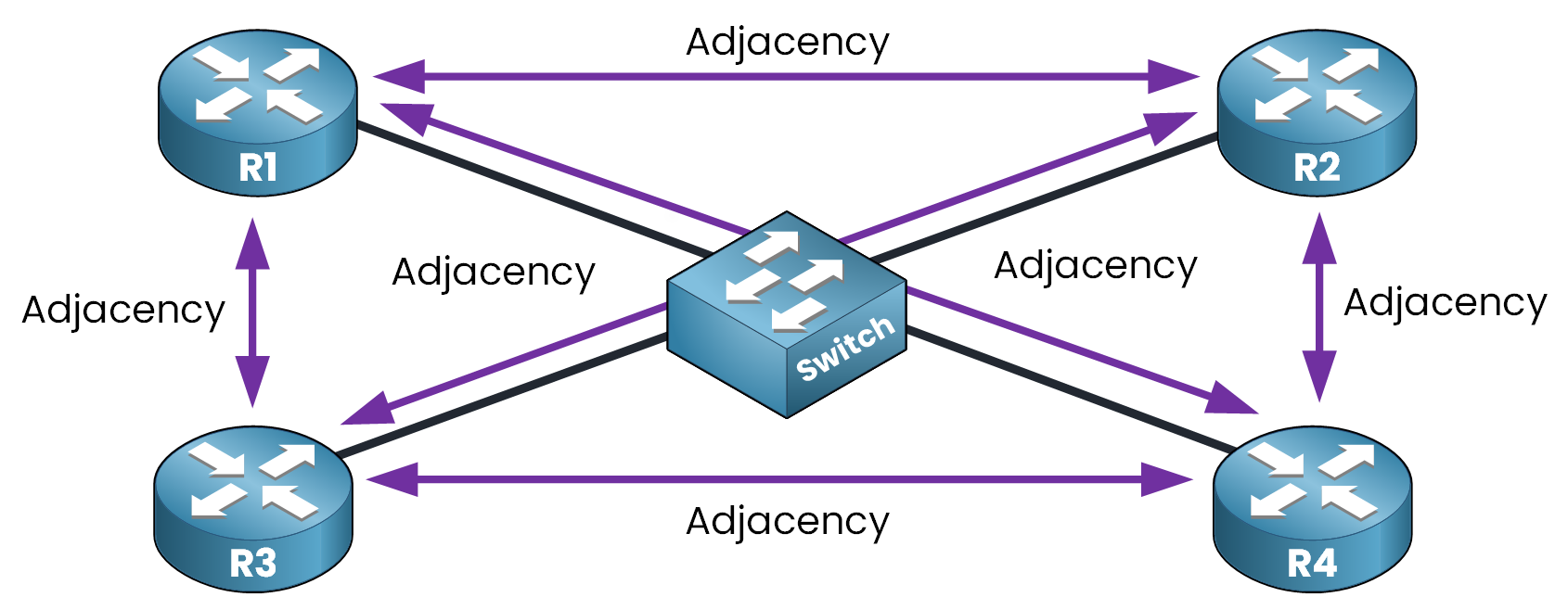
Figure 1 – Full Mesh OSPF Adjacency Without DR/BDR on a Multi-Access Network
As you can see, each router needs to establish an OSPF adjacency with every other router on the network. However, if we keep this approach, the number of adjacencies quickly increases according to the following formula:
n(n – 1) / 2, where n is the number of routers.
In the example above, we have 4 routers:
4(4 – 1) / 2 = 6 adjacenciesNow imagine a larger segment with 10 routers:
10(10 – 1) / 2 = 45 adjacenciesThis quickly becomes inefficient because the more routers connected to the network means:
More OSPF neighbors to maintain.
More LSAs exchanged between devices.
More CPU and memory consumed to keep OSPF running.
To responds to theses problem, an OSPF DR and BDR were introduced to reduce adjacency overload and improve scalability on multi-access networks.
Answer the question below
On which type of network does OSPF require a DR and BDR?
Imagine a network without a DR or BDR.
When a router like R1 joins the segment, it sends LSAs to 224.0.0.5 (All OSPF Routers) to advertise its known networks.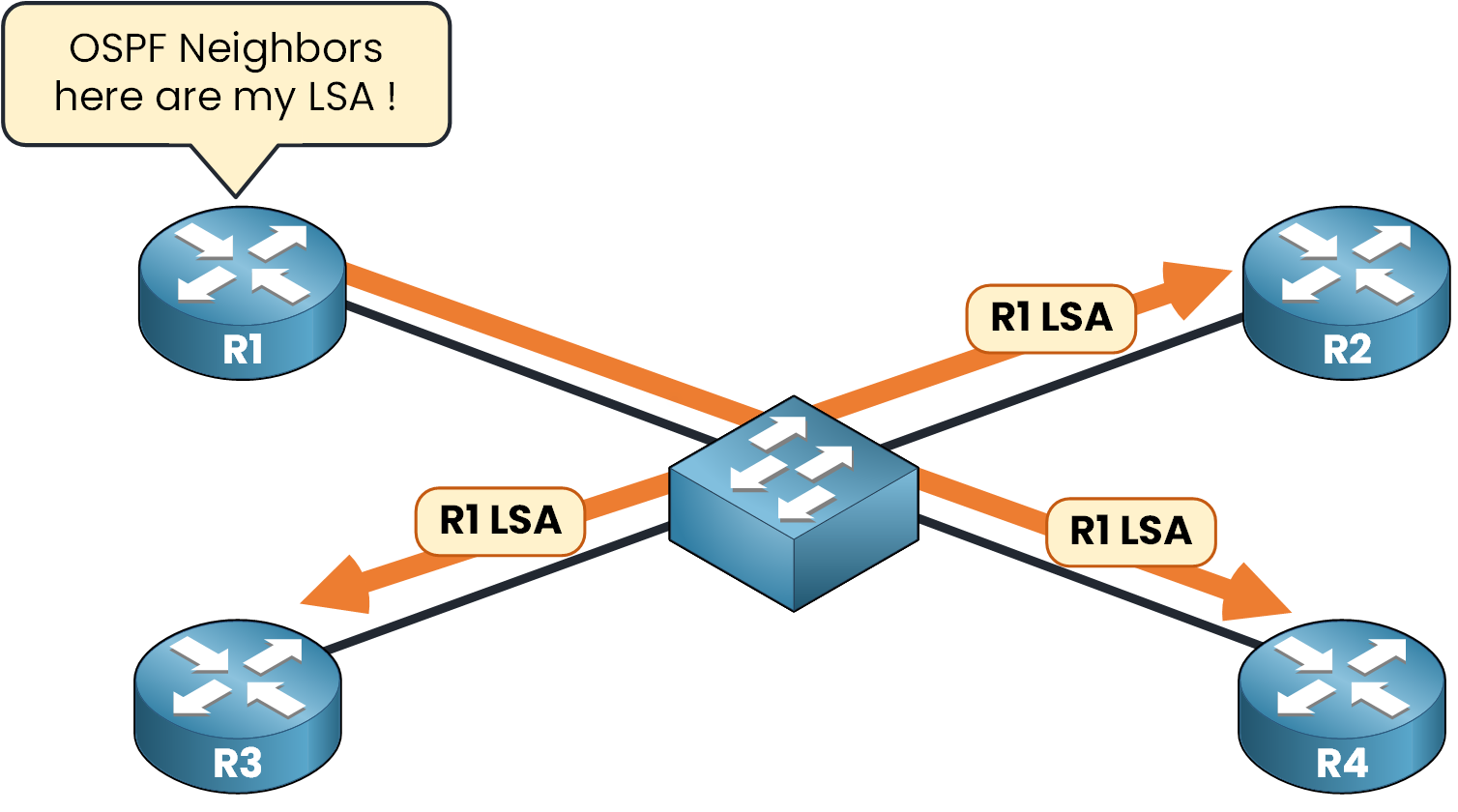
Figure 2 - R1 sends LSA to all Router OSPF (224.0.0.5)
All other routers on the segment (R2, R3, R4) receive this LSA. Acknowledge it and then re-flood it to the others again to 224.0.0.5.
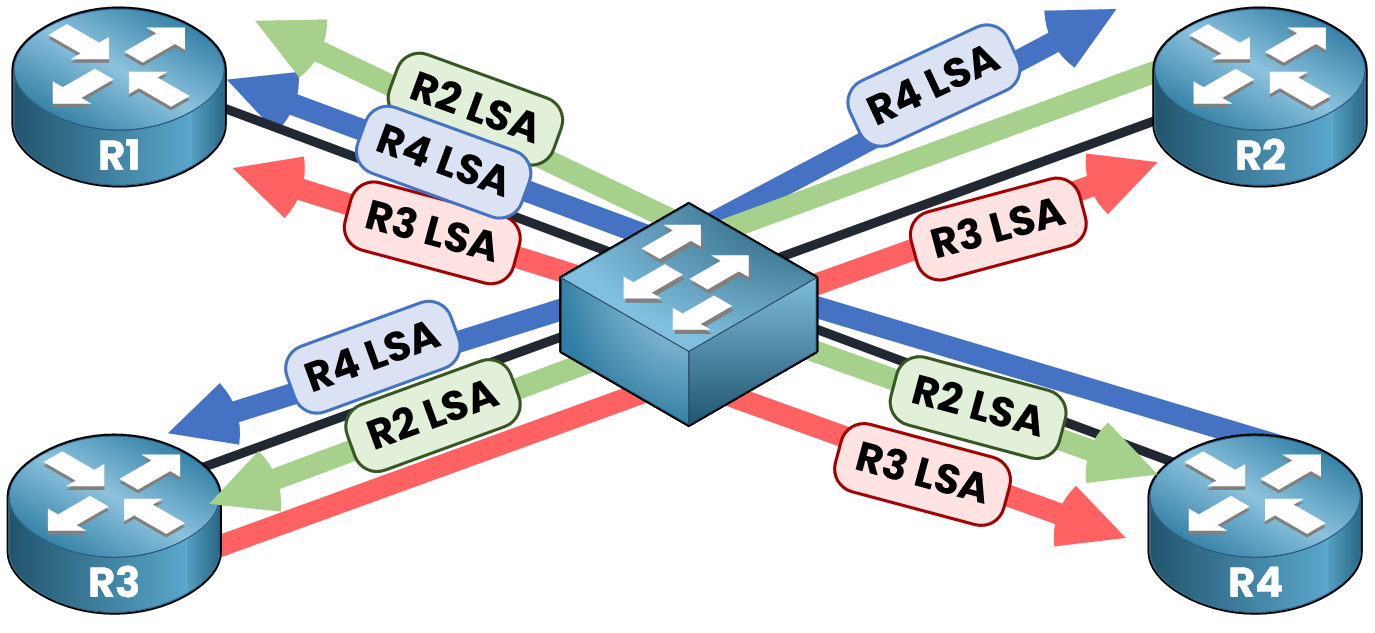
Figure 3 - Routers re-flood the LSA to all Router OSPF (224.0.0.5)
This creates a storm of redundant LSAs, especially when multiple routers advertise new information. It wastes bandwidth and CPU. To solve this issue, OSPF introduces the concept of a DR (Designated Router) and BDR (Backup Designated Router).
The concept is very simple, the DR collects all the LSA and sends the LSA one time to all other routers. The BDR act as a Backup when the DR fails and takes its place.
Answer the question below
To which multicast address do routers flood LSAs when no DR/BDR exists?
Let's look at a scenario with a DR and BDR elected, here R4 is the DR and R3 is the BDR.
R1 forms adjacencies only with the DR and BDR.
When R1 generates an LSA, it sends it only to 224.0.0.6 (All Designated Router).
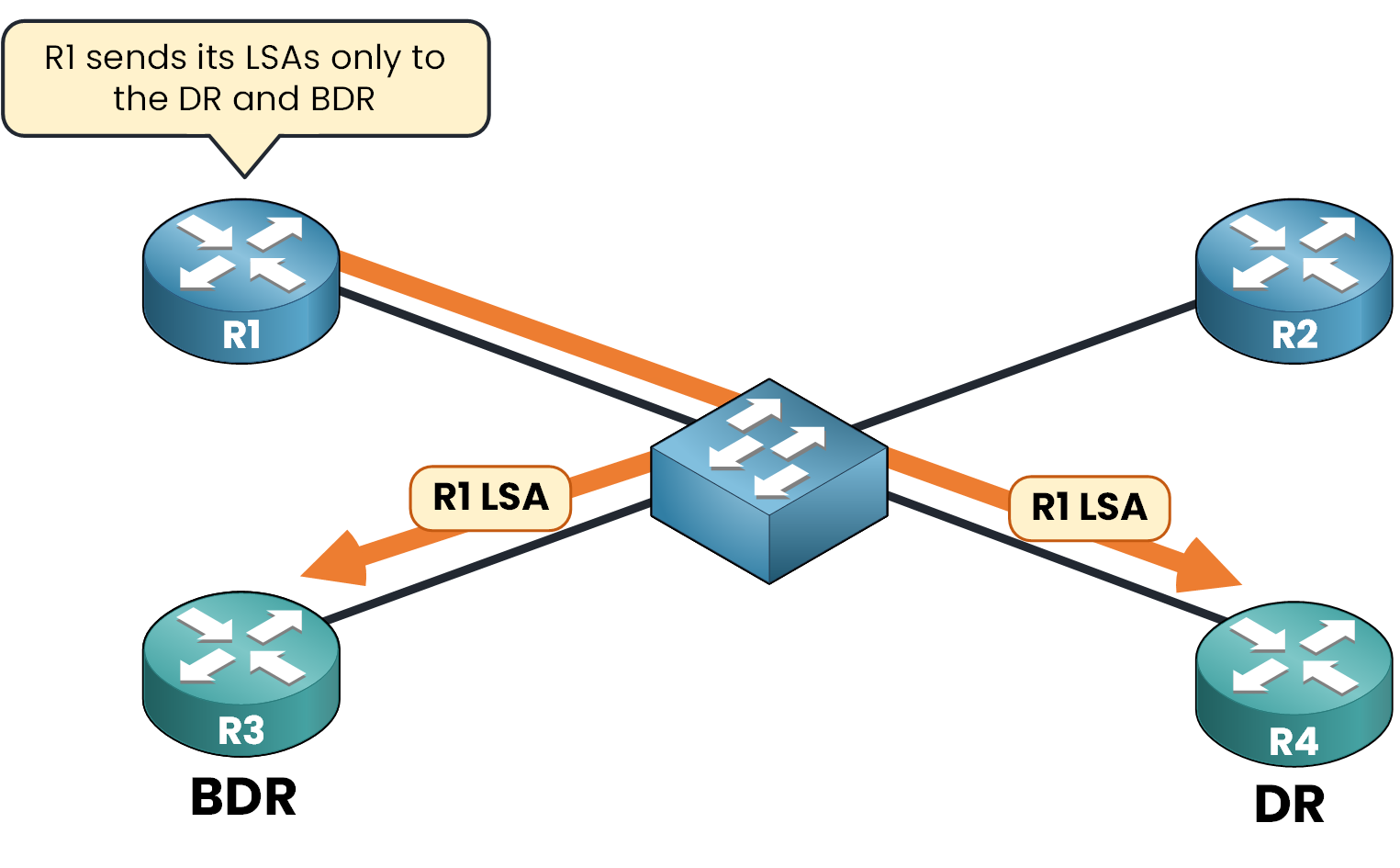
Figure 4 - R1 sends LSA only to DR and BDR using 224.0.0.6
The DR then forwards the LSA to 224.0.0.5 (AllSPFRouters) so that all other routers on the segment receive the update. The BDR stays in standby and will take over if the DR fails.
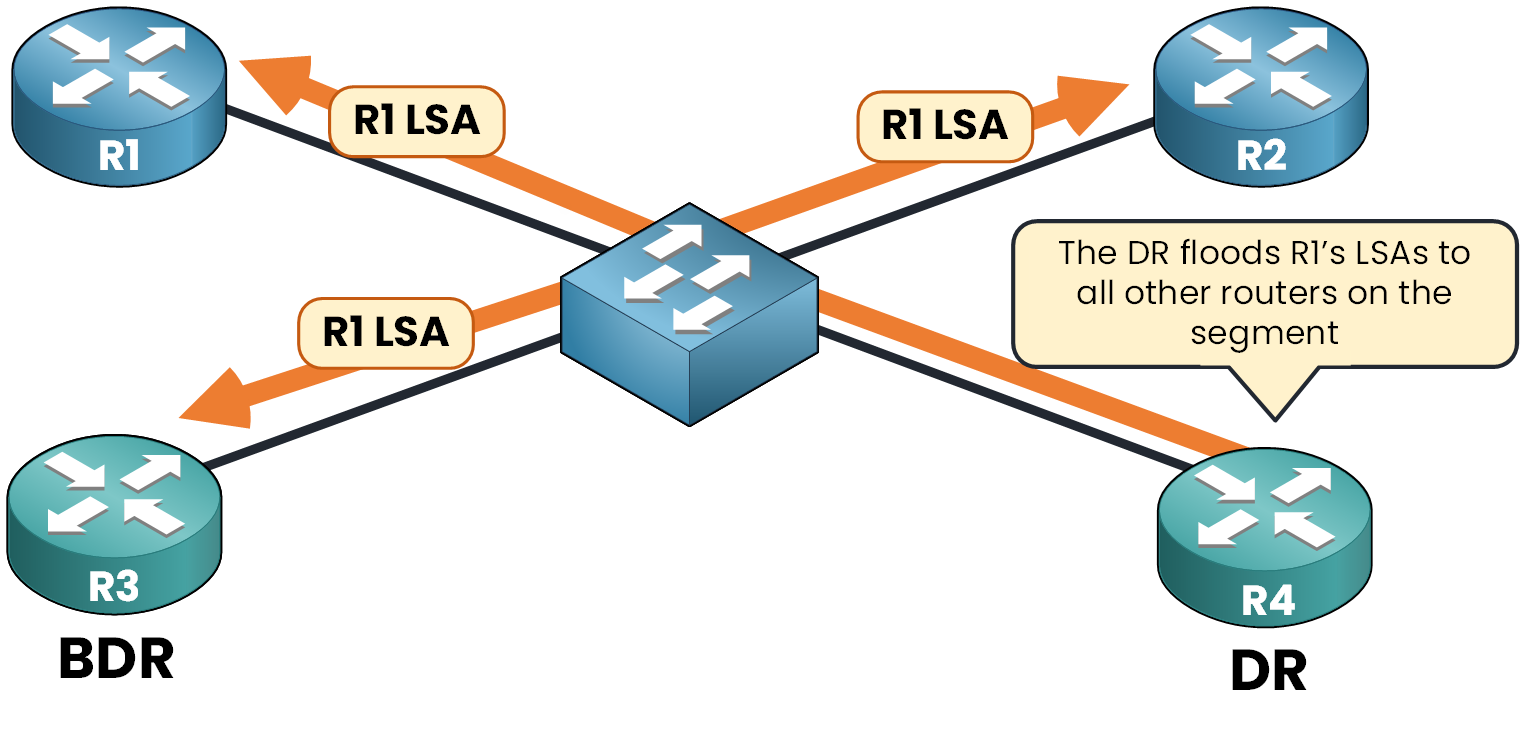
Figure 5 - DR sends LSA to all other routers
This way, the LSA is flooded only once across the network segment, and every router learns about it efficiently without unnecessary duplication. To enable this behavior, OSPF performs a DR/BDR election on multi-access networks.
Answer the question below
To which multicast address do routers send LSAs when a DR/BDR is present?
In OSPF, the DR/BDR election takes place on multi-access networks (like Ethernet), not on point-to-point links.
Where Does the DR/BDR Election Happen?
This election happens after the 2-Way state during OSPF neighbor formation.
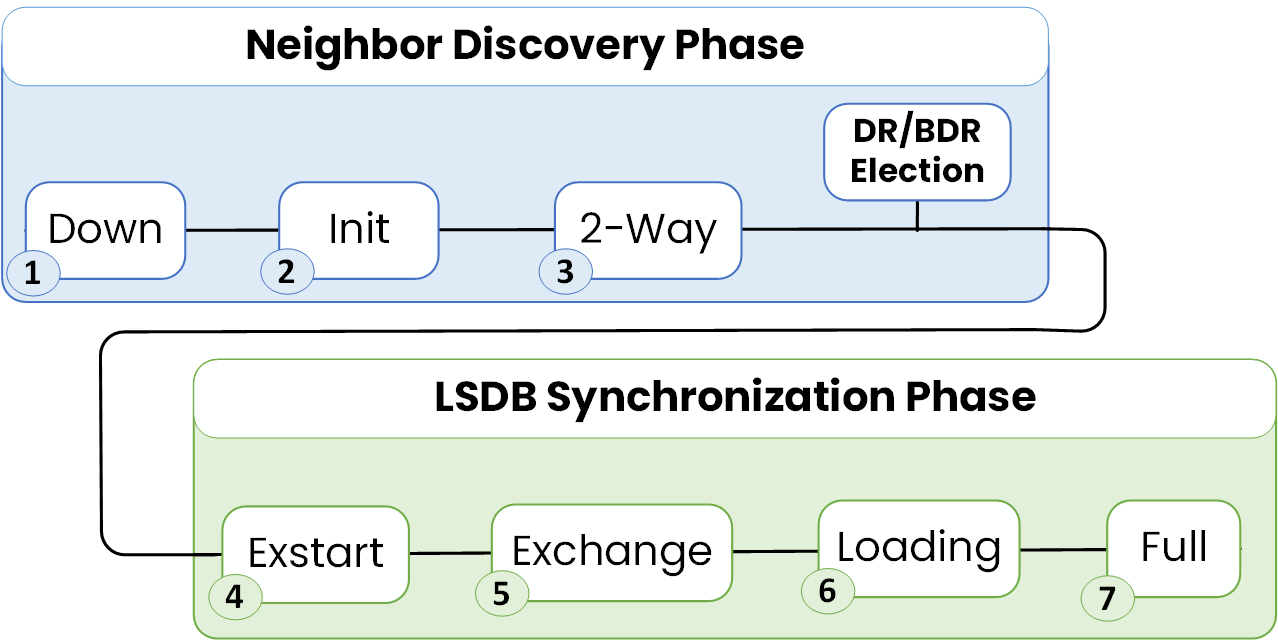
Figure 6 - How OSPF Reaches the DR/BDR Election Step
The Election only occurs on multi-access networks. If the interface is configured as a point-to-point link, there’s no DR and BDR election.
Each OSPF router checks the network type on its interface and determines if it needs to participate in the DR/BDR election.
DR and BDR Election Rules
The DR and BDR routers are selected based on OSPF priority and Router ID:
Election rules
The router with the highest priority becomes DR
The second-highest becomes BDR
If equal, the highest Router ID wins
A router with priority 0 is not eligible
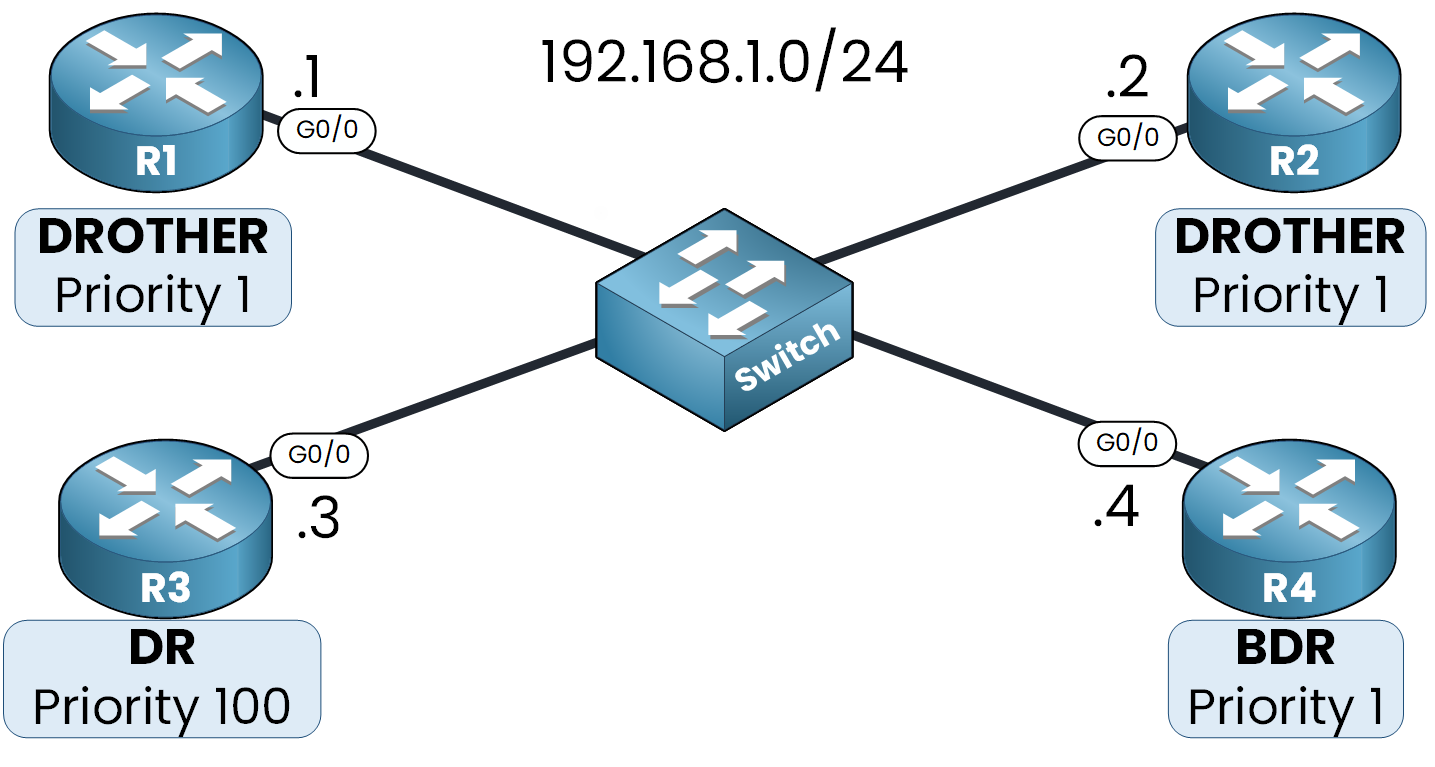
Figure 7 - OSPF Election Roles (DR, BDR and DROTHER)
In this example:
R3 (priority 100) → DR
R4 (priority 1 and have the Highest Router ID 192.168.1.4) → BDR
R1 and R2 → not elected → become DROTHERs
Answer the question below
Which parameter determines the DR election when priorities are equal?
A DROTHER is a router that is not elected as DR or BDR.
40 % Complete: you’re making great progress
Unlock the rest of this lesson
If you’d like to continue your CCNA journey, simply create your free account.
Access all CCNA lessons
Practice with hands-on labs
Train with Practice exams and Quizzes
Progress tracking in your dashboard
Made by network engineers - CCNP certified
learners globally
OSPF DR and BDR
OSPF DR and BDR are elected on multi-access networks to reduce the number of adjacencies and avoid LSA flooding storms. In this lesson, you will see how elections work and how to verify which routers become DR, BDR, and DROTHER.